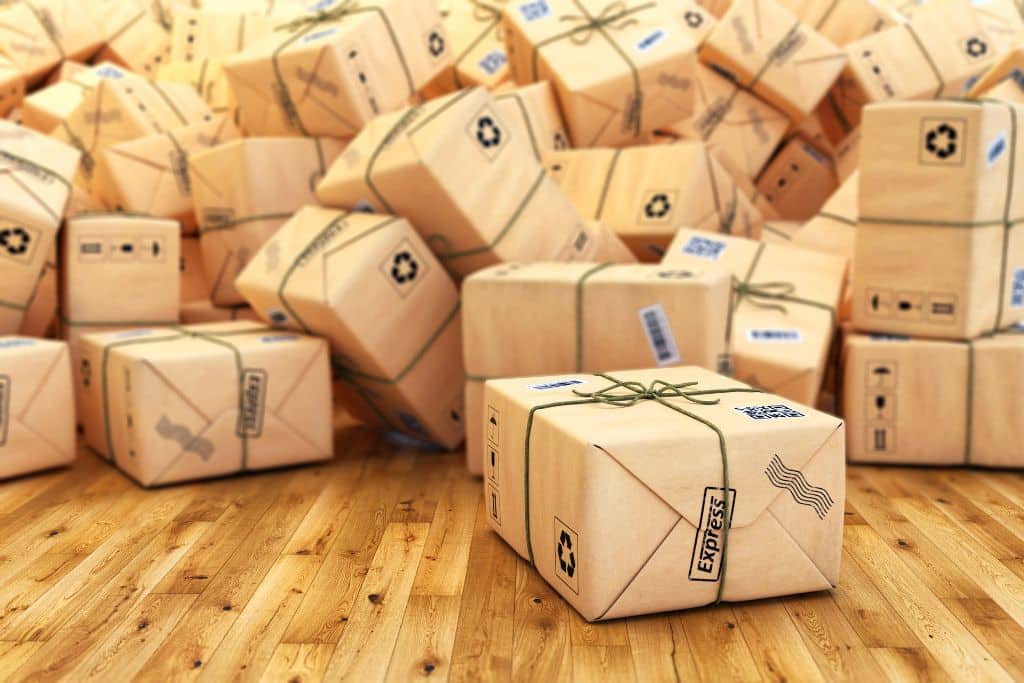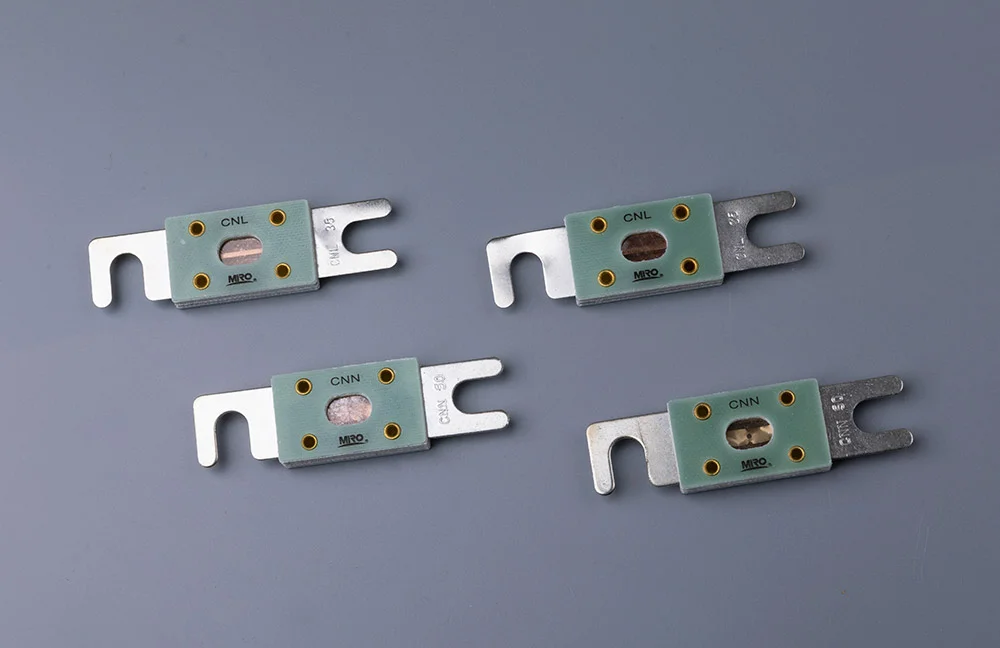
In recent years, there has been a growing concern about the environmental impact of packaging waste. As a result, the demand for biodegradable packaging has surged. But amidst the hype, a crucial question arises: Is biodegradable packaging actually biodegradable? In this blog post, we will delve into the intricacies of biodegradable packaging, exploring its true nature, its benefits, and the challenges it faces. So, let's uncover the truth and separate fact from fiction.
- Understanding Biodegradable Packaging:
Biodegradable packaging refers to materials that can break down naturally and decompose into harmless substances, such as water, carbon dioxide, and biomass, under specific environmental conditions. It aims to reduce the accumulation of non-biodegradable waste and minimize the ecological footprint of packaging materials. - The Science Behind Biodegradation:
Biodegradation is a complex process influenced by various factors, including temperature, moisture, oxygen availability, and the presence of microorganisms. Different materials exhibit different rates and extents of biodegradation. For instance, some bioplastics require industrial composting facilities to decompose fully, while others can break down in home composting systems. - Biodegradable Packaging Materials:
There is a wide range of materials used in biodegradable packaging, including bioplastics, paper, cardboard, and plant-based fibers. Bioplastics, derived from renewable sources like cornstarch or sugarcane, have gained popularity due to their potential to reduce reliance on fossil fuels. However, it is crucial to differentiate between compostable and biodegradable materials, as they have distinct requirements for decomposition. - Benefits of Biodegradable Packaging:
Biodegradable packaging offers several advantages over traditional packaging materials. Firstly, it reduces the environmental impact by minimizing waste accumulation in landfills. Secondly, it helps conserve natural resources by utilizing renewable materials. Additionally, it promotes a circular economy by enabling the recycling and composting of packaging waste. - Challenges and Limitations:
While biodegradable packaging holds promise, it also faces challenges. One major concern is the lack of standardized regulations and certifications, leading to greenwashing and misleading claims. Additionally, the availability of proper composting infrastructure and consumer awareness pose significant obstacles to widespread adoption. Furthermore, the energy and resources required for the production of biodegradable materials must be considered.
Conclusion:
In conclusion, biodegradable packaging offers a potential solution to the environmental issues associated with traditional packaging materials. However, it is essential to understand the nuances of biodegradation and the limitations of different materials. To ensure the effectiveness of biodegradable packaging, it is crucial to establish clear regulations, educate consumers, and invest in composting infrastructure. By embracing truly biodegradable packaging, we can move towards a more sustainable future, reducing our impact on the planet and preserving it for generations to come.


